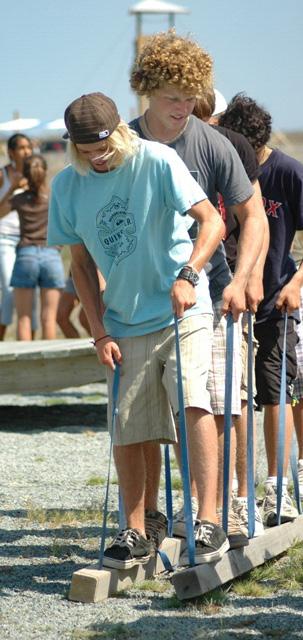
11 minute read
DEVELOPING A STRONG FOUNDATION 2000-2009
DEVELOPING A STRONG FOUNDATION 2000-2009
PEOPLE
Advertisement
The Resident Camp Board formed a YMCA Camp Surf committee, and for the first time since the early 70’s YMCA Camp Surf had a team of volunteer leaders focused exclusively on its operation. The committee consisted of chair Jim Eischen, Greg Ritter, Louis School, Imperial Beach Mayor Diane Rose, Capt. David Landon, and YMCA Camp Surf Director Mark Thompson. Dann Mallec, a planner from Rik Engineering and camp board member, was instrumental in laying out the facilities and master plan electronically. The staff leadership team continued to evolve with Zayanne (Gardner) Thompson’s promotion to Program Department Head and the addition of five full-time directors, many who were part of YMCA Camp Surf for more than 10 years. This included Esther McKee, Natalie Corrall, Brent Ayers, Tim Pirkey, Robin Abadie, and Mark Carrick who served as the Office Manager, Summer/Outdoor Ed, Group Services (Brent then Tim), Food Service, and Maintenance Director respectively.
Mark Thompson had a number of talents that transformed YMCA Camp Surf. His strategic thinking, ability to connect people, and strong fiscal management brought camp to a new level in both programs and facility. Mark was heavily engaged with the Resident Camp Board, Capital Development, Annual Campaign, and the greater YMCA movement. He was hands-on with most projects, and it was common to see Mark on the tractor or on a structure with his tool belt, hammer or screw gun in hand. His enthusiasm for improving camp was the driving force behind the many changes that took place at YMCA Camp Surf throughout the decade.














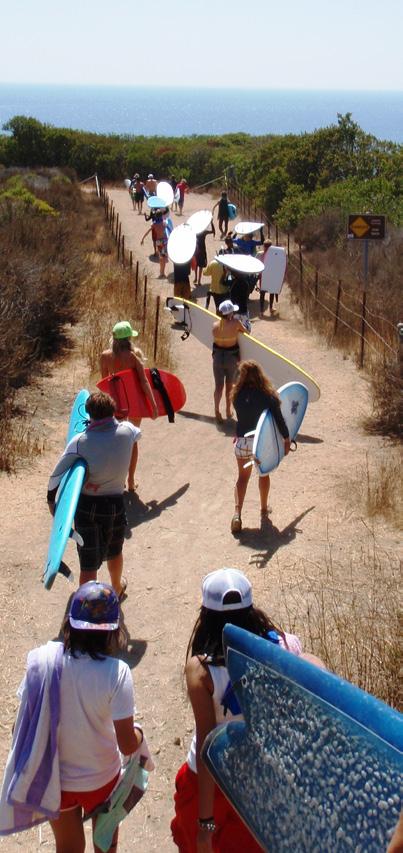


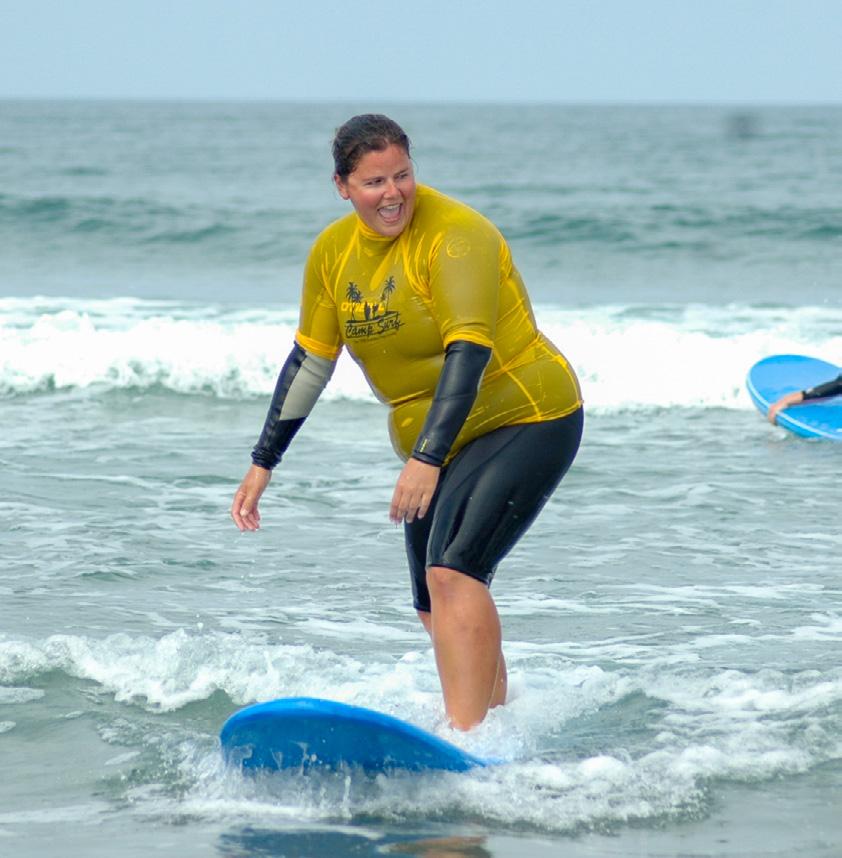

14

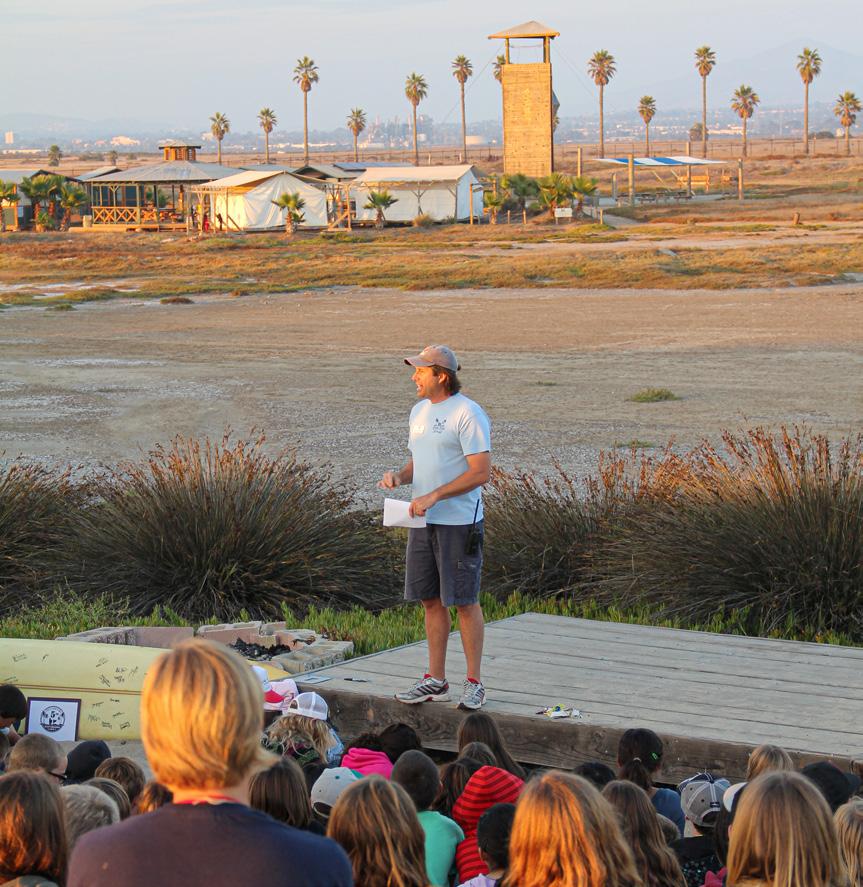
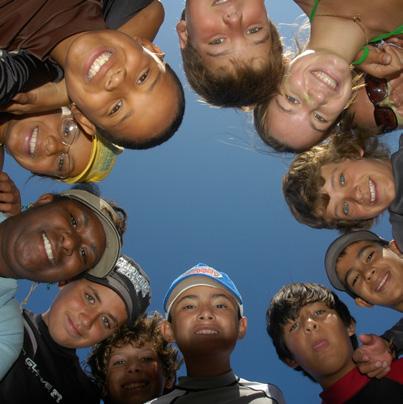
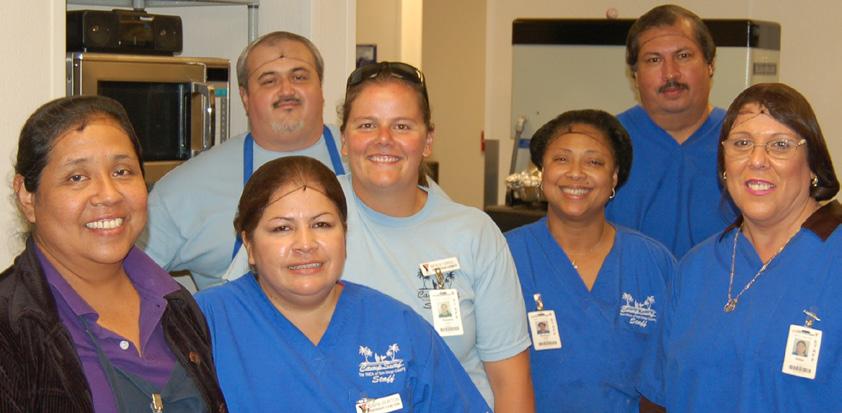


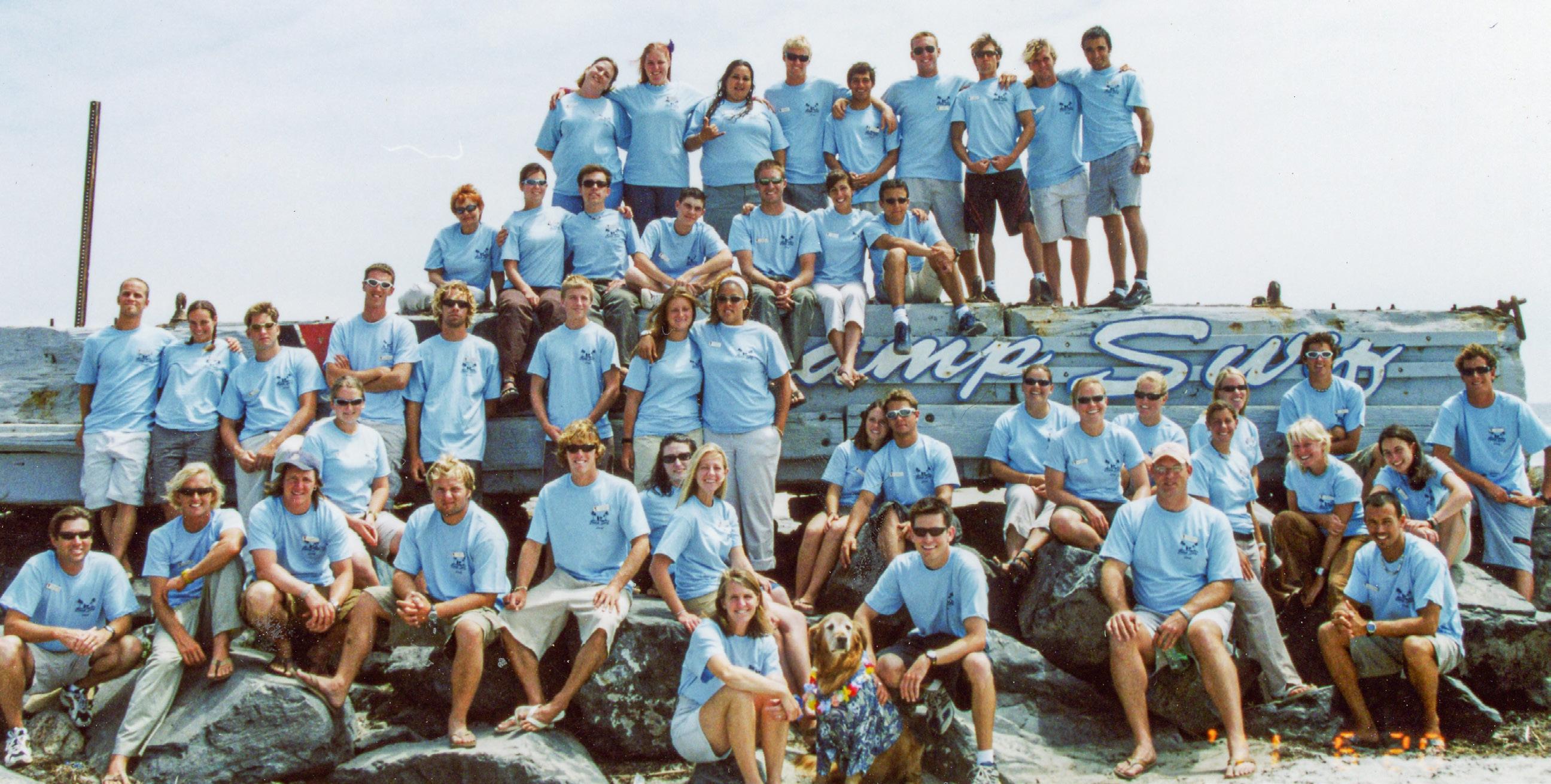









PLACE
Facility development during this decade took place at breakneck speed. In 1999 Solar Turbines leaned on their contractors, resulting in the construction of the North bathroom at a cost of only $68,000. Contractors, engineers and architects came through with materials and labor. A year later Mark Thompson planned a remodel of the south restroom to replace the roof. After roof demolition he let Tom Madeyski know that the walls also needed replacing. When the walls were torn down Mark told Tom that the concrete slab was no good either. In the end, the “remodel” only used existing utility hookups. The new south restroom was completed in-house with Mark as the project manager, a role he took on another 9 times. Each project was designed by Mark and staff with the support of outside engineering and contractors for concrete work.
Waterman Village was completely rebuilt in May of 2003. This included 4 cabents (combination cabin-tents) that were moved from YMCA Camp Marston after a property line dispute, using the camp ¾ ton truck and flatbed trailer. Project donors were pleased that staff were able to completely dismantle and rebuild two cabents, and move the material for two additional cabents from YMCA Camp Marston to YMCA Camp Surf. To complete the village two platform tents and a central gazebo were added. The total cost was just over $24,000, thanks to Dale Andersen of Andersen Construction who donated the labor for the project. Three additional platform tents were also built, two in teen village and one in Mariners. These tents helped support the growing number of program participants in Outdoor Education and Group Services.
2003 was a busy year for Mark and the YMCA Camp Surf team. A large tension tent structure replaced the sunshades on the dining deck to provide a place for meals protected from the elements. A 30’ climbing tower was built for programming, and a second modular home was added for much needed Director housing. A dedication ceremony took place at the Tropical Beach Party fundraiser on June 14th, 2003 to mark the completion of Phase 1 of the YMCA Camp Surf Master Plan.
In 2004 camp was faced with an unexpected issue. The addition of a 3-car garage between the two modular homes triggered a neighbor complaint to the California Coastal Commission. Camp received a notice of violation from the Commission and was asked to either complete a coastal permit for the three structures or remove them. Camp did not realize that the Coastal Commission was attempting to establish legal precedent in order to control development on federal property in California. Fortunately, the commission unsuccessfully sued the Navy on another matter, and dropped the violation for YMCA Camp Surf after losing in court. This was an important victory for camp since it established that development on camp would be processed through the Navy using the National Environmental Policy Act (NEPA) moving forward.

The next endeavor for the camp facilities team took place in 2006 when the entrance moved from Carnation Ave. to Silver Strand Blvd. The old block fence received stucco and decorative iron with help from San Diego Job Corps. A timely donation of plants, including huge Canary Palms, involved the entire YMCA Camp Surf team in irrigation and landscaping, and added the perfect look to the new entrance. Tropical Beach Party proceeds, the Imperial Beach Façade Improvement Program, in-kind donations, and individual donations made the project possible.
In 2007 the beach shack by the dining deck, built by Dick Mason decades earlier using telephone poles, SDGE cable spools and donated materials, was almost completely torn down. Only the bathroom remained. Once again the project was designed and constructed in house with limited outside contractor support. The new Beach House held one full-time director and up to 3, yearround coordinators. All onsite program directors were finally in housing that was a benefit, not a detractor, when recruiting quality leadership.

On the heels of the Beach House completion, Cecile (Cissy) Walters asked to meet with Mark for a camp tour and to talk about a memorial gift. In the fall of 2007, Cissy donated the lead gift toward the Marine Science Center to be named Walters’ REEF (Recreation and Environmental Education Facility) in honor of her husband Doug Walters. The building was only a concept that Mark had designed on home architecture software, but Cissy was convinced it was the right facility. She called Mark a week later to let him know she was increasing the gift by another $25,000 to ensure the projects success. In October of 2009 the new entrance, second program director home, and Walters’ REEF were dedicated at the YMCA Camp Surf 40th Birthday Party and alumni event. The Walter’s Family, Val Hoy Jr., Dick Mason and the Fargo family were in attendance.





6





10



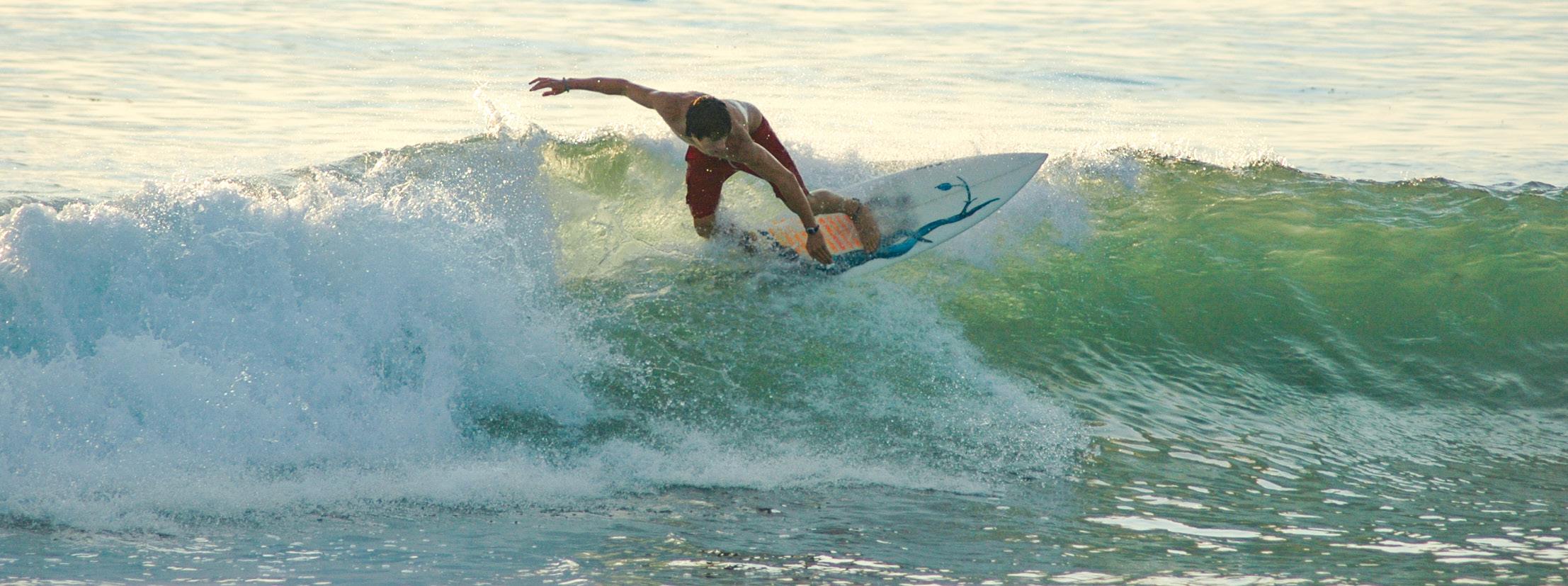




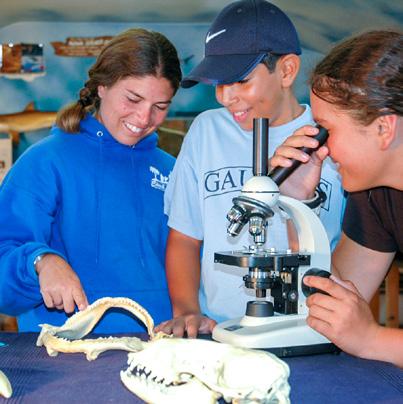





PROGRAMS
Programs expanded significantly as new program areas, activities, and features were added to enhance the YMCA Camp Surf experience. In May 2000, YMCA Camp Surf became one of the first 100 lifeguard agencies in the United States to meet the stringent USLA (United States Lifesaving Association) certification criteria. This elevated the YMCA Camp Surf lifeguard service to the same level as adjacent ocean lifeguard agencies. Highlights included a rigorous lifeguard academy, vehicle operations, first responder certification, and defibrillator and oxygen administration. The SOUL (Service, Outreach, Unity and Leadership) Surfers program replaced LIT’s in 2006. Beachcombers evolved to include a 4-day overnight camping trip to San Onofre State Beach and riding beach cruisers to Coronado. A new area was built for Summer Day Camp that includes storage, shade, tables, camper cubbies, and a second archery range.

An important culture shift occurred in 2005 with the implementation of the Waste Reduction & Environmental Stewardship Plan. This team effort was led by Zayanne Thompson, and for the first time departments worked together to reduce waste and develop more responsible and sustainable practices. Staff recognition continued with implementation of the WOW (Way Over What is expected…)
Award in 2007. It is given each season to acknowledge 2-3 staff members that consistently exceed expectations in their role and in customer service. The Outdoor Education program also received the Program Excellence award from the YMCA of San Diego County in 2007 and the Program Innovation award for SOUL Surfers in 2008.
The FAN (Friends/Family Adventures in Nature) Club program was developed in 2008 with a grant secured through REI. Through after-school and weekend family programs, YMCA Camp Surf brought the outdoors to under-served kids and families. The initial program measured impact on views about nature and conservation in families from primarily Hispanic communities. The program demonstrated that views toward nature and conservation improved with exposure to the outdoors.


